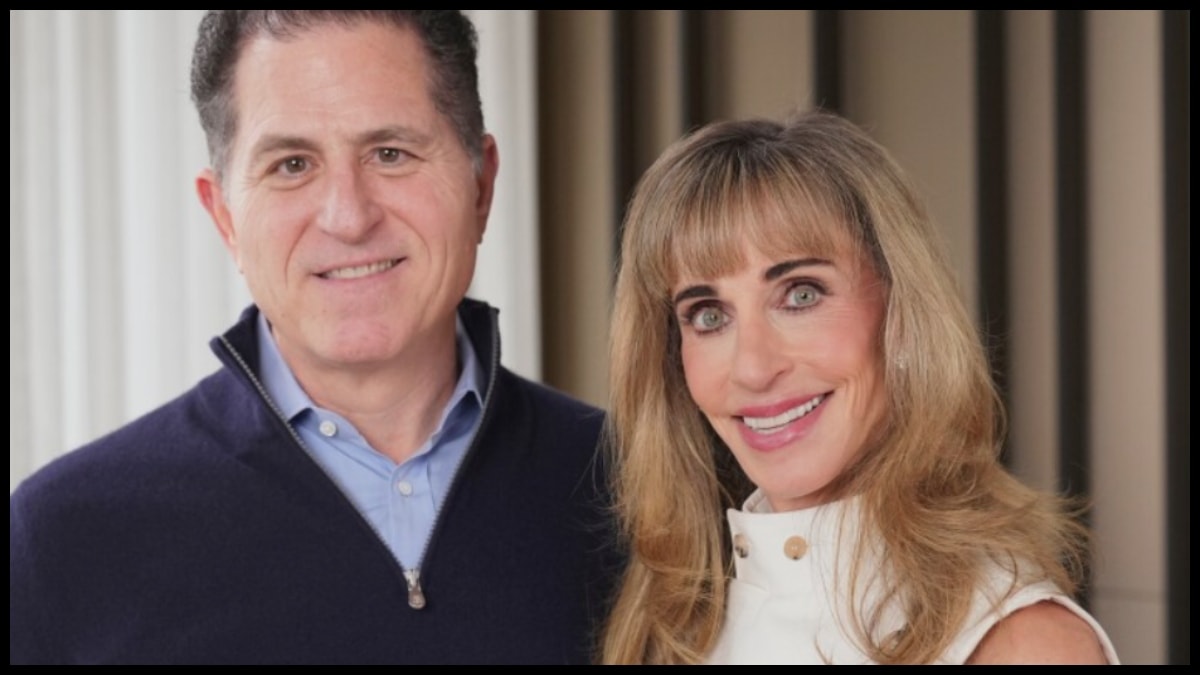
ASHIESH SHAH is an award-winning architect and interior designer—his approach to design has found its way into homes and offices of A-listers such as actor Hrithik Roshan, filmmaker Abhishek Kapoor, designer Cecilia Morelli-Parikh, etc. Shah has created his own distinct voice in the highly competitive world of design and his work reflects his ability to fuse an international aesthetic with Indian sensibilities.
As an astute collector of contemporary art from the subcontinent, Shah is no less different. The 37-year-old Mumbai resident considers himself an eclectic collector. This has resulted in him creating spaces, which juxtapose objects from a wide range of eras and cultures. Shah started collecting art in the early 2000s, around the time he finished graduation. “I have always enjoyed art, and collecting became a great way to keep up with it. I am specifically interested in collecting south Asian art,” he explains.
Having grown up in Mumbai, Shah could easily relate to artists such as FN Souza and the Progressives, and hence started off by collecting Indian moderns. “Gradually, I began collecting contemporary art,” he says.
Shah’s current collection includes works of established international artists such as a drawing by English artist Tracey Emin, a crystal hanger by Chinese contemporary artist Ai Weiwei, etc. It also includes influential south Asian artists like Subodh Gupta, Sudarshan Shetty, Bharti Kher, among others.
“I normally collect south Asian art, but also look at international artists while I am travelling. The India Art Fair is an interesting platform to see works from around south Asia,” says Shah, adding, “The Indian market is still in the nascent stage when it comes to collecting art. Before it can truly grow, we need to first invest in art education and access—the market will then most likely grow organically,” he adds.
New Delhi-based Vir Kotak is a man of many talents. As an entrepreneur, he is credited with independently spearheading, from conception to execution, many new ventures for JM Baxi Group, a hundred-year-old shipping services company in which he is the joint managing director. As a photographer, he keenly explores the limits of expression of the medium and shall soon have his maiden solo show in Mumbai in March this year, exploring themes of memory and social equity.
Similarly, he keeps a special place in his heart for art. He generally collects works from south Asia with a special focus on the post-modern period of Indian art. “Art is an important medium by which we reflect upon ourselves as people, communities, societies. It documents our aspirations, fears, aesthetics and perception of history at a specific time,” says Kotak.
A strong votary of contemporary art, Kotak feels the practice is of the ‘now’. “The art that is being created today is the only art that will be reflective of this time. That moment can never be created again,” he says. “It is a fallacy that contemporary art needs to be encouraged only financially. An entire ecosystem of engagement needs to be created and constantly tended to,” he adds.
Specifically in India, feels Kotak, there is a tendency not to move beyond the ‘Bombay Progressives’. “There is no denying their place in the narrative of modern art practice in India, but it makes us all poorer when we only associate five or six artists with a larger perception of art in India,” he says, adding, “What is encouraging as a trend is the emergence of more focused, professional galleries, which are able to tap into and nurture a very vibrant and young contemporary scene. There is some fabulous young talent out there… and they are getting that chance to explore their artistic voice, thanks to this new breed of galleries,” he adds.
A decade ago, when Krupa Amin returned to Mumbai with a degree from auction house Sotheby’s in New York City, she found herself in the middle of an art boom. The highlight of her job at various art institutions and galleries was the chance to work within a thriving ecosystem of artists, historians and collectors. With a strong belief in providing a structure of support for young artists, she founded the art studio, Space, in 2006 in her hometown of Vadodara. Since then, Space has been dedicated in providing studio facilities and creative workshops to young art graduates.
Amin, now in her 30s, has developed a diverse private collection that includes artworks by Bhupen Khakkar, Dhruv Mistry, Rekha Rodwittiya, Jeram Patel, Jyoti Bhatt, Farhad Hussain and Vinod Daroz. Her collection also includes photographs and installations from artists like Shilpa Gupta and Neha Choksi.
Amin’s passion comes from being exposed to art and culture over the past decade. It started by visiting art institutions and then being part of art courses and contemporary art galleries in Mumbai. “The act of observing and being attracted to certain images, forms and creative processes fuelled the passion further into patronage and then into collecting different forms of art,” she adds.
You may also like to watch this video
Commenting on the Indian art scene, Amin says, over the past decade, Indian art has seen global recognition, but it’s necessary that it be showcased and appreciated in its own country. She feels platforms such as the ongoing India Art Fair in New Delhi fill this gap perfectly. “Over the years, it has evolved into an important platform for both Indian and international art. The fair provides a unique opportunity to experience a plethora of Asian art and related activities in a short period of time. The lack of public art institutions in India makes the fair that much more integral,” she explains.








